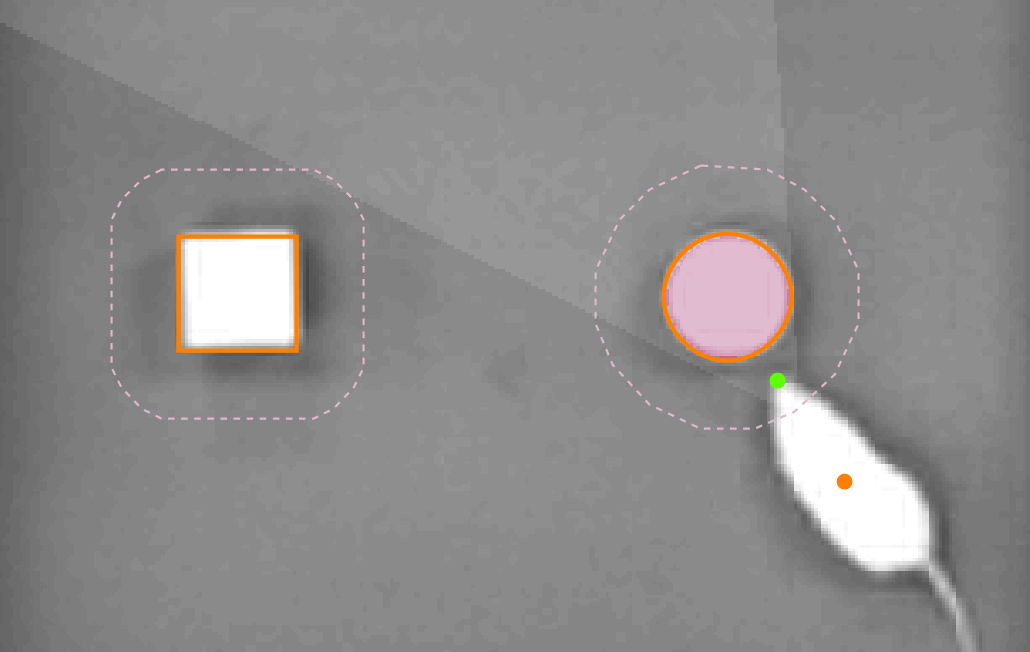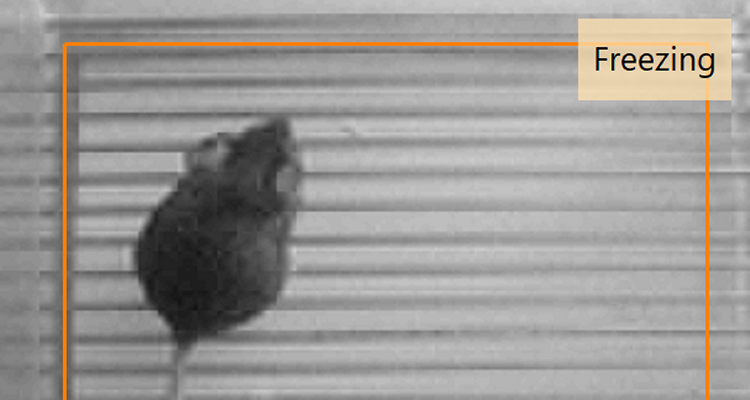Flexible video capture
ANY-maze can track in live images from a camera, or in pre-recorded video files.
The system works with images from a wide range of cameras, including inexpensive web cams, and it can track the animal ‘live’ while at the same time recording a video of the test; it can do this with up to 48 cameras simultaneously.
Working live like this saves time, but if you prefer you can use ANY-maze (or any other software or digital camera) to record videos of your experiment and then track the animals in the video files later.
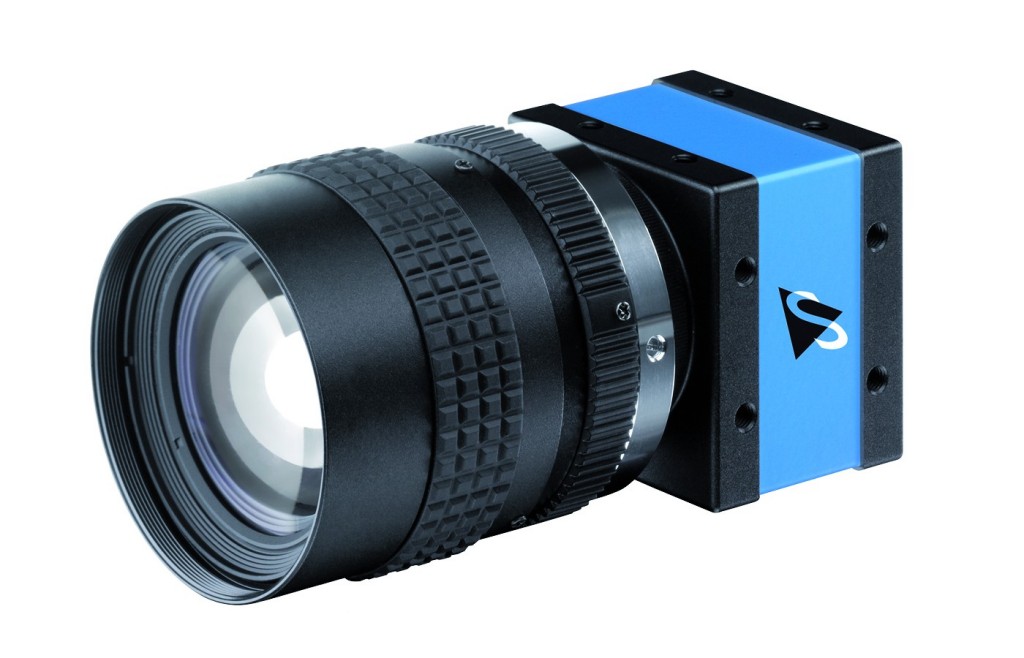
Simple and reliable tracking
ANY-maze doesn’t require you to set any threshold, colour value, or other arcane tracking parameter, you just put an animal in the apparatus and it tracks – it really is that simple.
And it tracks reliably even in the most adverse conditions. In the example on the right, a rat is being tracked in an open field in low light. Despite the poor illumination, ANY-maze precisely tracks the centre and head of the animal.
Watch the video to see ANY-maze track in this and other adverse situations.
Precise zone entries
ANY-maze tracks the entire body of the animal – shown in blue in the image on the right. This allows you to define zone entries based on the amount of the animal’s body that is in the zone.
For example, in this plus-maze ANY-maze has been set up to only score an arm entry when 80% of the animal’s body is in the zone. This equates nicely to the four paws in the arm rule, traditionally used to define arm entries in this test.
Three point tracking
ANY-maze can track the head and tail of rodents, which is especially useful in tests such as Novel Object Recognition, where the position of the animal’s head in relation to the objects is of critical importance.
Using the head position ANY-maze is also able to determine an animal’s orientation (i.e. the direction it is facing) and can report such things as the time it is oriented towards a particular zone.
Investigation zones
Investigation zones provide a simple way to detect when an animal is interacting with something, for example an object in a Novel object recognition test.
Investigation occurs when the animal’s head is within a certain distance of the zone (indicated by the dotted line in the image on the right) and, optionally, it is oriented towards the zone (orientation being indicated by the flashlight-like area in the image) and, again optionally, its centre is not in the zone.
Setting up a NOR test has never been so easy.
Freezing and immobility
ANY-maze can detect periods when the animal is immobile and periods when it’s freezing.
Immobility is usually used to determine when the animal is remaining in the same location, even if it is moving its body, for example, it might be grooming.
Freezing on the other hand detects when the animal is completely motionless (other than breathing) and is perfect for automating tests such as fear conditioning.
Capture video from
- Low cost USB web cams
- High quality industrial USB cameras
- Analogue cameras (requires a digitizer)
- Video files (mp4, wmv, avi, etc.)
- Video recorded on DVD
Video capture features
- Capture from up to 48 cameras simultaneously
- Capture just a region of the full video picture
- Zoom and pan the video picture
- Split image from one camera that shows multiple apparatus
- Merge images from two cameras to fully view one apparatus
- Automatically erase thin wires or tubes in the video picture
- Automatically erase cage bars from the video picture
- Capture video in low-light or darkness using infrared illumination
Tracking features
- No tracking parameters
- Whole body tracking
- Tracks centre point
- Tracks head and tail
- Detects immobility
- Detects freezing
- Determines orientation

 Setting up apparatus
Setting up apparatus Video capture & tracking
Video capture & tracking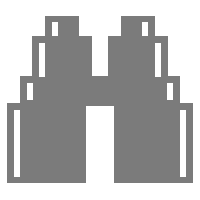 Observing behaviour
Observing behaviour Connecting equipment
Connecting equipment Automating complex tests
Automating complex tests Running tests
Running tests Results
Results Visualising data
Visualising data Analysis
Analysis Transferring data
Transferring data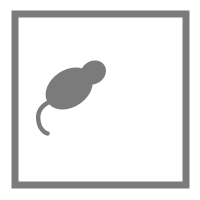 Open field
Open field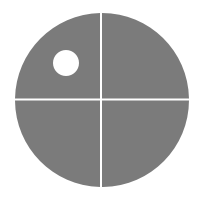 Water-maze
Water-maze Y-maze
Y-maze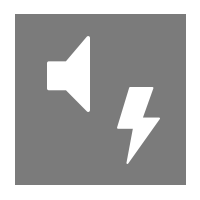 Fear conditioning
Fear conditioning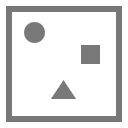 Novel object
Novel object Barnes maze
Barnes maze Radial arm maze
Radial arm maze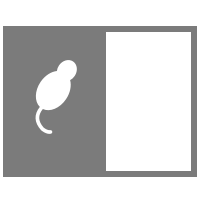 Light/dark box
Light/dark box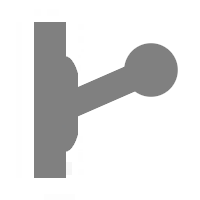 Operant conditioning
Operant conditioning Zebrafish
Zebrafish Computers
Computers Multifunction remote
Multifunction remote Accessories
Accessories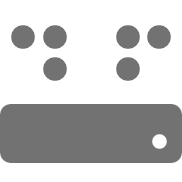 Digital interface
Digital interface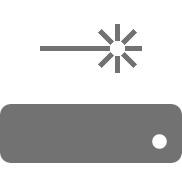 Optogenetic interface
Optogenetic interface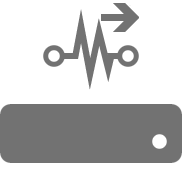 Synchronisation interface
Synchronisation interface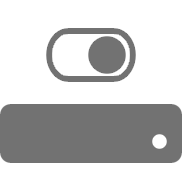 Relay interface
Relay interface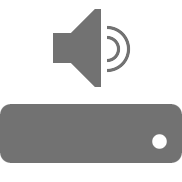 Audio interface
Audio interface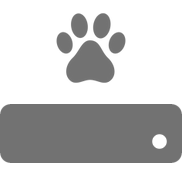 Touch interface
Touch interface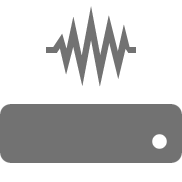 Analogue interface
Analogue interface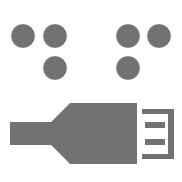 USB TTL cable
USB TTL cable Animal shocker
Animal shocker Components
Components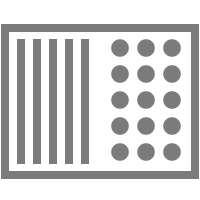 Place preference
Place preference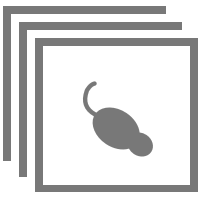 ANY-box
ANY-box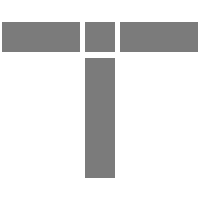 T-maze
T-maze Zero maze
Zero maze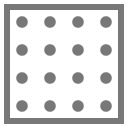 Hole board
Hole board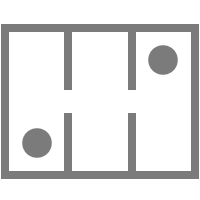 Sociability cage
Sociability cage OPAD
OPAD RAPC
RAPC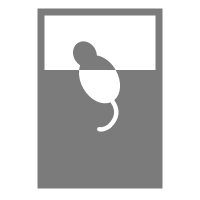 Waterwheel forced swim test
Waterwheel forced swim test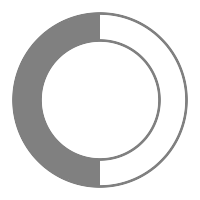 Thermal gradient ring
Thermal gradient ring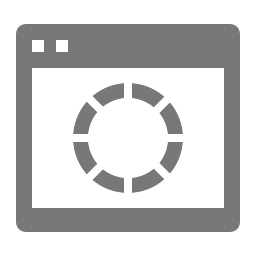 Operon
Operon Activity Wheel
Activity Wheel Full ANY-maze licence
Full ANY-maze licence Other licence types
Other licence types Developing countries licence
Developing countries licence Contact support
Contact support Support Policy
Support Policy FAQs
FAQs Guides
Guides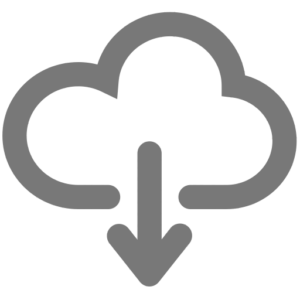 Downloads
Downloads Send us files
Send us files Activate a licence ID
Activate a licence ID Contact us
Contact us Blog
Blog About
About Testimonials
Testimonials Privacy Policy
Privacy Policy

